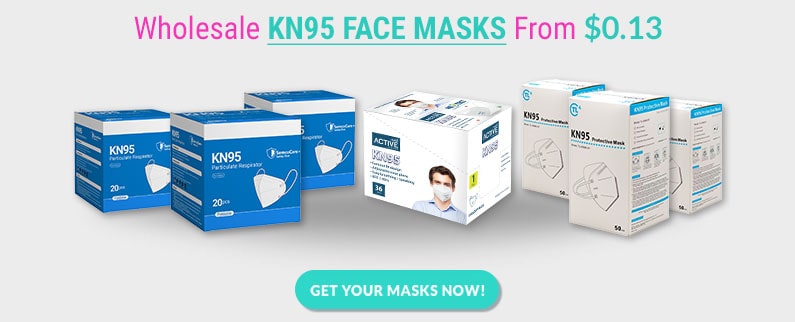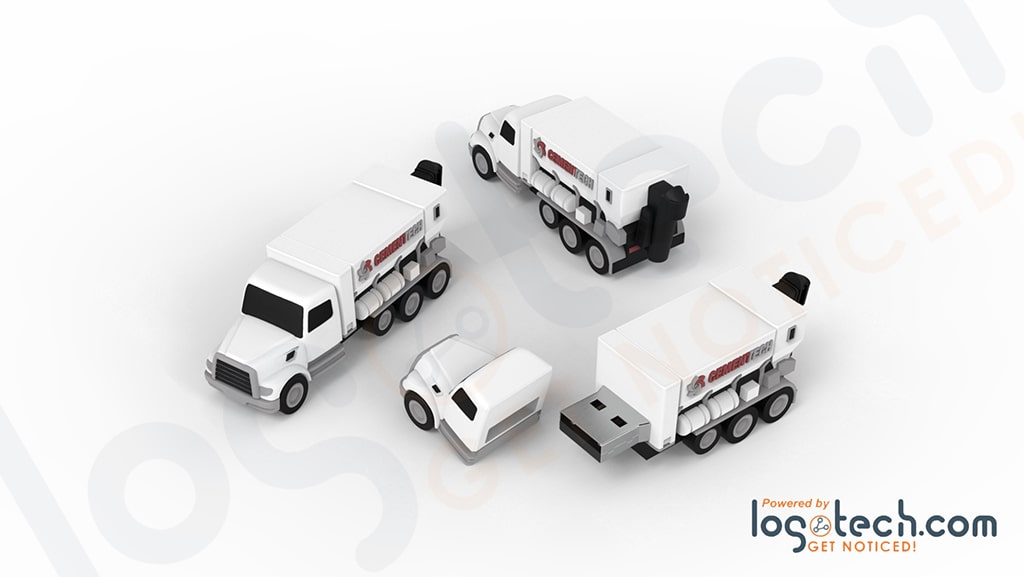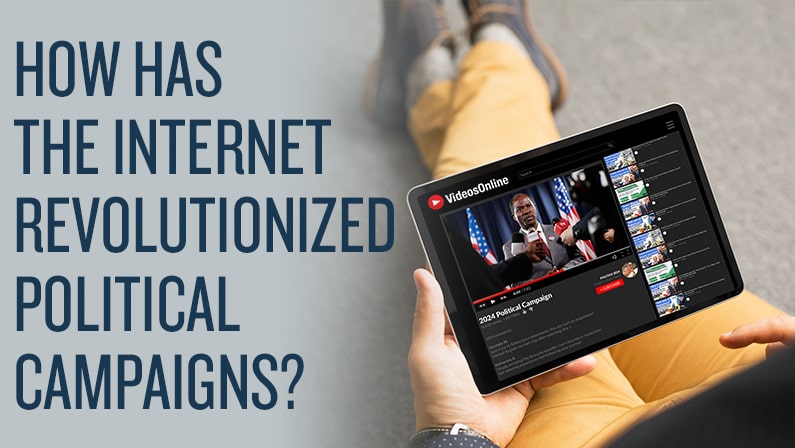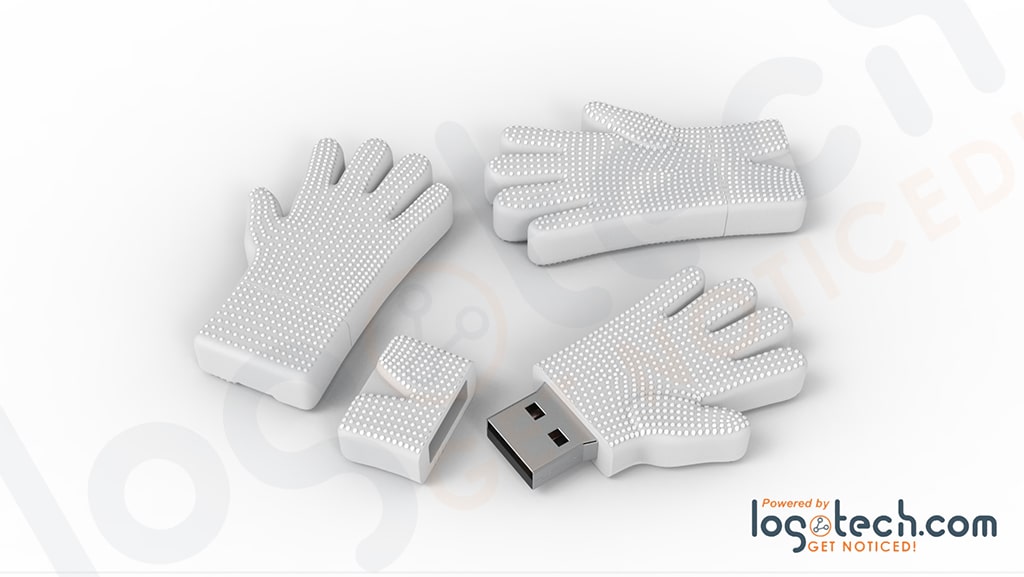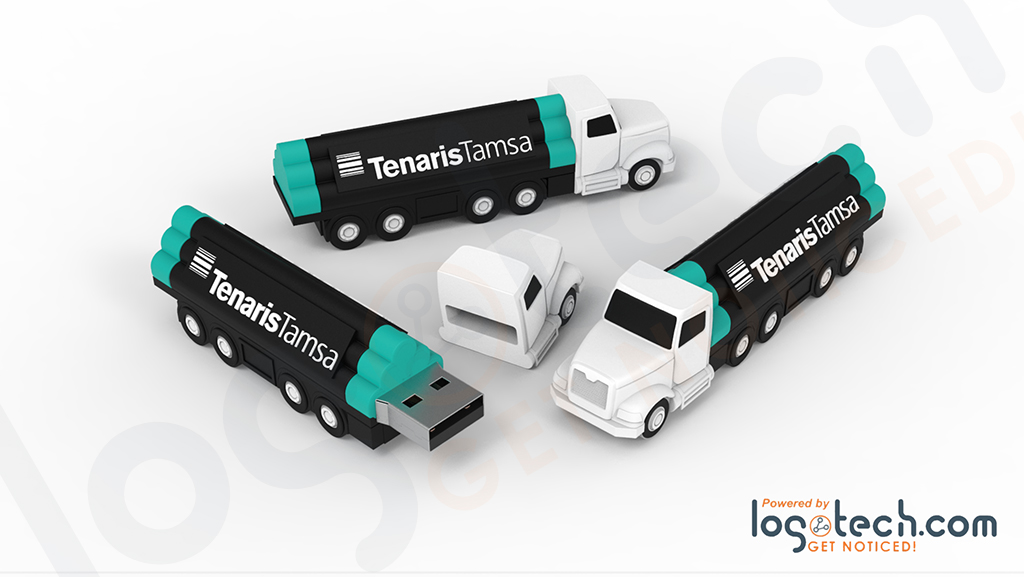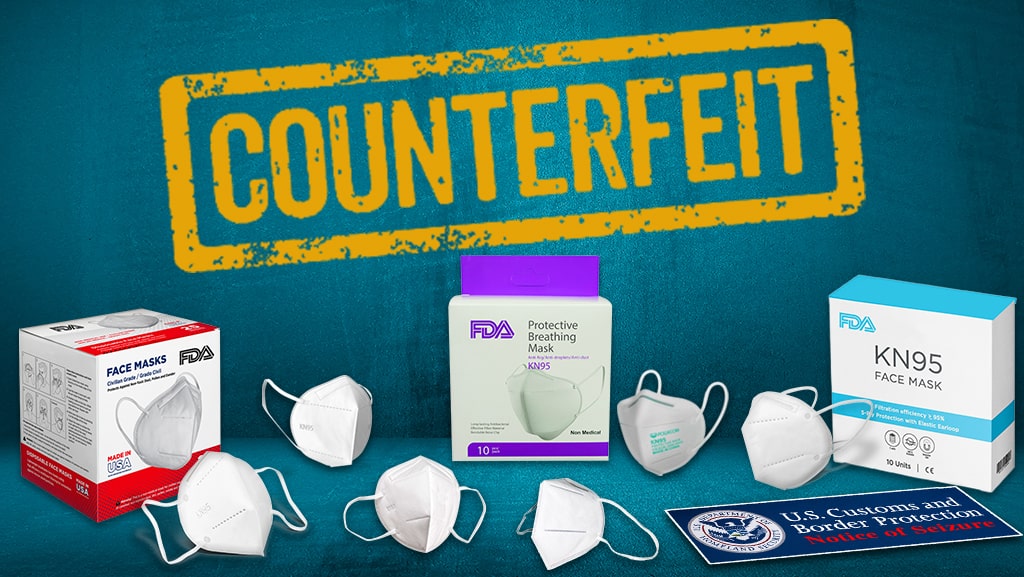
How to Spot Fake KN95 Masks
Use the tools available to help you.
When the FDA announced Emergency Use Authorization (EUA) for overseas-made KN95 face masks (respirators) for medical use, counterfeit mask makers tried to cash in.
Days after the regulatory agency posted a list online of approved KN95 manufacturers, and counterfeiters launched "new" websites for the highlighted companies. In reality, these shady companies made fake websites that looked much like real ones.
These online sellers designed these sites to lure buyers away from the real makers. If a buyer typed in the company's name, missed one or two letters, or used the wrong domain, the fake website could pop up on their mask searches.
Why make a fake website? To sell "approved" KN95 respirator masks that were not. These fraudsters often offered low-quality face masks that may not block anything.
Fake face masks can be a danger to the wearer. A real KN95 respirator mask, like their medical-grade N95 counterparts, needs to block at least 95 percent of airborne particles from getting through. Nothing indicates that the masks made by these other companies would do that.
For the average buyer, telling the difference between real and fake can be nearly impossible. They look convincing, and the masks often came with the better-known maker's name.
To counter the fake websites and bad masks, the FDA has now made it simpler for buyers to search through its database of EUA manufacturers. These tools help consumers find quality personal protective equipment and avoid counterfeit suppliers and online stores.
While the FDA's EUA list applies to using KN95 masks in medical settings, it is also an excellent resource for non-medical buyers to determine if their masks offer the best protection.

How can you verify you have an authentic KN95 mask?
Consumers can now search the FDA website by mask manufacturer for EUA respirator masks. Links there also take consumers directly to the mask's product page on the real manufacturer's website. You will find photos or drawings showing the true packaging and product.
The FDA also includes a database of respirator models that are no longer authorized because they did not continue to meet regulatory requirements. If your KN95 masks do not appear on the "approved" list, search for them there.
You can also learn how your KN95 masks performed at blocking particles. The CDC has posted the National Institute for Occupational Safety and Health (NIOSH) test results. The site includes any face mask respirators submitted to NIOSH for testing and all their results.
The CDC reported some manufacturers saying they never submitted respirators for testing or that the results were not for their products. A separate list on the page gives test results for masks reported as counterfeit.
U.S. Immigration and Customs Enforcement (ICE) and Homeland Security Investigations (HIS) are also helping to keep fake respirator masks out of the country. According to the Advertising Specialty Institute, customs agents have seized 21.2 million counterfeit masks in the past year.
How is China dealing with counterfeit masks?
China is taking the manufacture and sale of fake KN95 face masks very seriously.
Customs officials in China have provided guidelines to prevent the export of fake face masks for public sale. (Google offers an English translation of the linked document). If your masks do not meet these standards, be cautious of using them:
∙ A designation on the package should state "This is a non-medical device," "Not for medical use," or similar. Stickers do not count. It must appear on the packaging in at least one foreign language that is not Chinese.
∙ It can not have an FDA logo on the mask or its packaging. It is illegal to put the FDA logo on non-medical use respirators.
∙ CE (the European Union standard) and KN95 can appear on the mask. It must show the corresponding technical standard for non-medical masks. For the CE it is: EN149-2001 + A1: 2009. KN95 non-medical technical standards are: GB2626-2006
∙ The product certificate must include the product name, model specifications, batch number, production date, warranty date, technical standard, material, and production manufacturer. Other information must be complete.
∙ The packaging must be retail packaging, not simple bulk packaging. A standard color bag or a standard carton marked for retail sale is OK.
There is an unintended consequence of how seriously Chinese officials take fake masks. Customs officials carefully check exports, so it may take longer for real products to leave the country. We are working hard to deliver real KN95 masks to our customers.
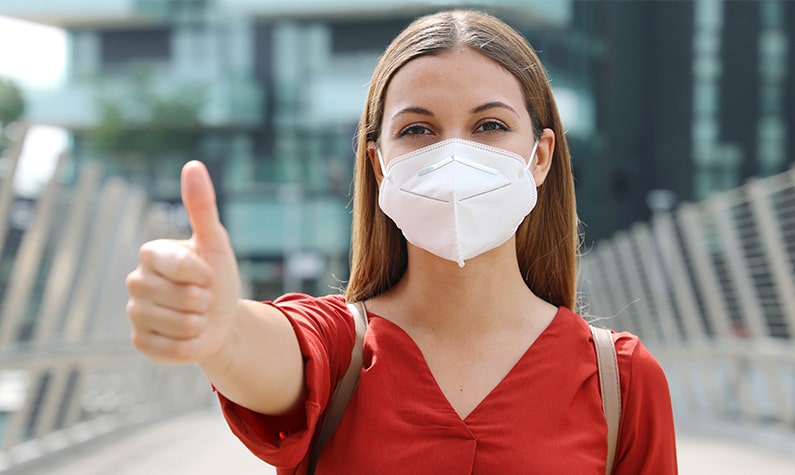
How to ensure your mask offers actual protection
The FDA and CDC websites are great tools to research the face masks you have on hand or to verify what you are getting offers protection. Still, it may be difficult to determine which manufacturers make real KN95 masks before you buy.
Plus, not all KN95 manufacturers have submitted their masks to the FDA or CDC. That does not necessarily mean they are low-quality masks. The CDC suggests you contact the manufacturer or supplier if you are unsure of what you have.
Another clue to whether you have real KN95 masks or not is the price. Very inexpensive respirator masks are likely forgeries.
Based on current market conditions and the quantity you buy, authentic KN95 masks should cost between 16 and 40 cents each. They are quite affordable and offer excellent protection.
To help our customers, Logotech sources from known suppliers to get our KN95 masks and other PPE. These masks come from companies with long track records, excellent reputations, and years of experience.
Contact Logotech today to order your high-quality PPE. We will help get them into your store or business soon.




